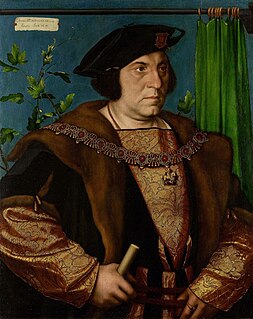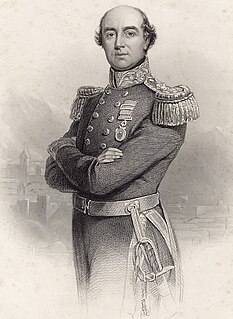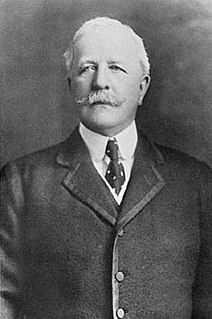
The Guldeford Baronetcy, of Hempsted Place in the County of Kent, was a title in the Baronetage of England. It was created on 4 February 1686 for Robert Guldeford. The title became extinct on his death in circa 1740. The Guldeford (or Guildford) family descended from Sir John Guldeford (d. 1493), Comptroller of the Household during the reign of King Edward IV. After supporting the Earl of Richmond (later Henry VII), Sir John and his son, Sir Richard Guildford, were attainted by Parliament. However, they were restored to favour after the accession of Henry in 1485. Sir Richard gained prominence under Henry and notably served as Master of the Ordnance. By his first wife Sir Richard was the father of Sir Edward Guildford, Lord Warden of the Cinque Ports and Master of the Ordnance, whose daughter Jane Guildford married John Dudley, 1st Duke of Northumberland. Sir Richard Guildford's second son by his first wife, George Guildford, of Hempstead Place, Kent, was the father of Sir John Guldford, High Sheriff of Kent during the reign of Edward VI. Sir John's son Sir Thomas Guldford entertained Elizabeth I in 1575. Sir Thomas was the great-great-grandfather of Sir Robert Guldford, 1st Baronet.

Hemsted Park, historically sometimes known as Hempsted Park, is a 100 hectares former country estate and manor house north-west of the village of Benenden in the English county of Kent. It is the site of Benenden School, an independent boarding school for girls.

Kent is a county in South East England and one of the home counties. It borders Greater London to the north-west, Surrey to the west and East Sussex to the south-west. The county also shares borders with Essex along the estuary of the River Thames, and with the French department of Pas-de-Calais through the Channel Tunnel. The county town is Maidstone.
Sir John Guildford (1430–1493) of Halden in the parish of Rolvenden, Kent, was Comptroller of the Household to Edward IV.
Sir Henry Guildford, the son of Sir Richard Guildford by his second wife Joan, served as Comptroller of the Household and Master of the Horse under Henry VIII.

Sir Henry Guildford, KG (1489–1532) was an English courtier of the reign of Henry VIII, master of the horse and comptroller of the royal household.

Sir Richard Guildford, KG was an English courtier who held important positions at the court of Henry VII, including the office of Master of the Ordnance.

The Master of the Horse was a position of varying importance in several European nations.







